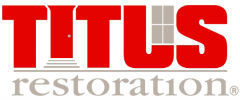Polished concrete is a green and Earth-friendly flooring solution. It is also one of the easiest flooring types to clean and maintain. Different property types may or may not be suitable for a concrete finish that includes aggregate exposure. Grinding the concrete to expose aggregate may be considered attractive for a commercial space, but it can be unsuitable for a manufacturing space where dropped fasteners need to be easily spotted on the floor.
Below are the five most common aggregate exposures for polished concrete floors. Consider the needs and functions of your building when deciding whether aggregate exposure is appropriate. Titus hopes that our expertise will help you write a specification for polished concrete that will give you the results you expect.
Polished Concrete Finishes
1. Cream Finish Polished Concrete
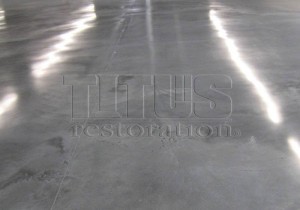
2. Sand Finish Polished Concrete
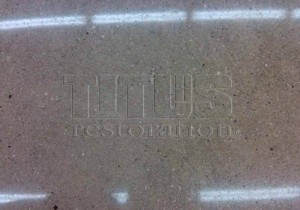
3. Pea Gravel sized exposed aggregate Polished Concrete
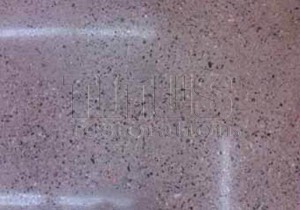
4. 3/4″ Aggregate Exposed Polished Concrete
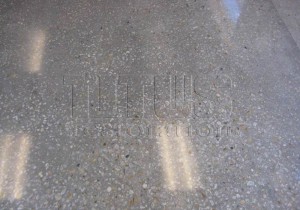
In addition to these finish options, results will vary based on each individual slab and pour:
1. Paste Discoloration: It is not unusual for the cream on top of the concrete to be a different color than the paste just slightly below the surface. Consider this when specifying polished concrete.
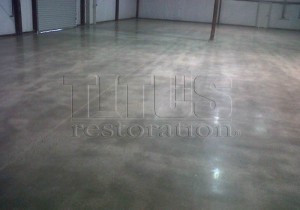
2. Varied Aggregate Exposure: It is not unusual to have variations in the aggregate exposure within a concrete slab especially if the slab is wavy. Consider this when specifying polished concrete.
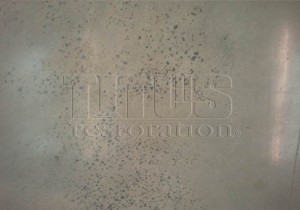
Some property owners prefer a flat gray finish, and others would like to see some exposed aggregate in their finished concrete floors. Informing your contractor as to your expectations is the best first step toward achieving the polished concrete floors you desire for your facility. Keep in mind that there will virtually always be unpredictable variations that can only be uncovered by grinding and polishing the slab. You can see plenty of examples of polished concrete floors with and without exposed aggregate by visiting our image gallery.
